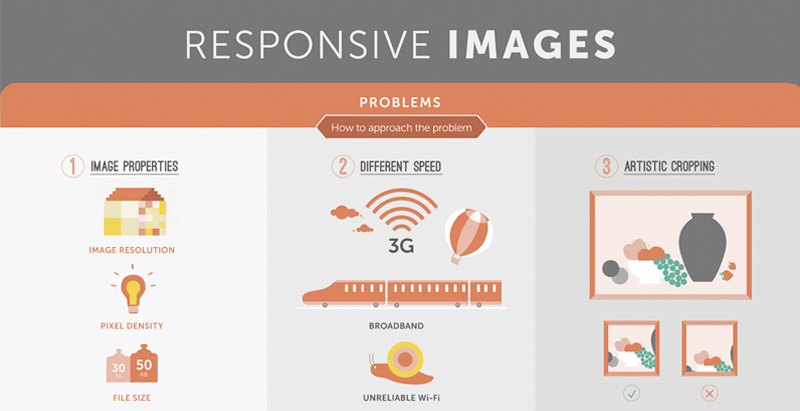The Advancement Of Internet Site Design: From Past To Existing
The Advancement Of Internet Site Design: From Past To Existing
Blog Article
Article Created By-Rasmussen Dalby
In the past, web sites were straightforward and focused on info. Navigation was direct, and design was for desktops. Now, customer experience is essential. Data overviews styles for easy navigation. Receptive layouts match different tools. Today, dark mode minimizes stress, and minimal food selections boost navigation. Interactive attributes involve customers, and strong visuals stand out. AI combination increases involvement. See how style has developed to improve your on-line trip.
Early Days of Web Design
In the very early days of website design, simpleness preponderated. Sites were basic, with restricted shades, fonts, and designs. The focus got on supplying details rather than flashy visuals. Individuals accessed the web through sluggish dial-up links, so speed and capability were key.
Navigation menus were straightforward, typically situated on top or side of the web page. Internet sites were designed for desktop computers, as mobile browsing wasn't yet common. see this site was king, and designers prioritized very easy readability over intricate layout elements.
HTML was the main coding language used, and designers had to work within its constraints. Computer animations and interactive features were minimal contrasted to today's standards. Websites were fixed, with little vibrant material or individualized individual experiences.
Increase of User-Focused Style
With the evolution of internet site style, a change in the direction of user-focused style principles has become progressively prominent. Today, creating internet sites that prioritize individual experience is essential for involving visitors and attaining company goals. User-focused style involves comprehending the needs, preferences, and actions of your target audience to customize the web site's layout, material, and features as necessary.
Designers now perform extensive study, such as user surveys and use screening, to collect understandings and comments directly from customers. This data-driven method assists in developing user-friendly navigation, clear calls-to-action, and visually appealing user interfaces that reverberate with site visitors. By putting the user at the facility of the design procedure, sites can deliver a much more individualized and enjoyable experience.
Receptive style has likewise emerged as a key facet of user-focused design, guaranteeing that sites are enhanced for different devices and display dimensions. This versatility enhances ease of access and usability, satisfying the varied ways users engage with internet sites today. Fundamentally, the increase of user-focused design signifies a shift towards developing digital experiences that prioritize the needs and expectations of completion customer.
Modern Trends in Web Design
Explore the latest patterns shaping web design today. One noticeable pattern is dark setting style, offering a smooth and modern look while lowering eye stress in low-light atmospheres. An additional crucial trend is minimal navigation, simplifying food selections and improving customer experience by focusing on essential elements. Including micro-interactions, such as computer animated switches or scrolling results, can develop a more engaging and interactive web site. Responsive design remains critical, making certain seamless user experiences across different gadgets. Furthermore, utilizing vibrant typography and asymmetrical formats can add aesthetic passion and draw attention to particular content.
Integrating AI innovation, like chatbots for client assistance or tailored suggestions, enhances user interaction and simplifies procedures. Ease of access has likewise become a considerable fad, with developers prioritizing inclusive style methods to deal with varied individual demands. Accepting sustainability by maximizing site efficiency for speed and effectiveness is an additional arising fad in web design. Teaming up with customer responses and data analytics to repeat and improve style constantly is important for remaining relevant in the ever-evolving electronic landscape. By accepting these modern trends, you can create an aesthetically appealing, user-friendly internet site that resonates with your target market.
Conclusion
As you assess the development of web site layout from the early days to currently, you can see exactly how user-focused design has become the driving force behind modern fads.
Accept the trip of change and adaptation in web design, always maintaining the user experience at the leading edge.
Tippingpointdigital
Keep present with the latest trends and modern technologies, and never ever quit evolving your method to develop aesthetically spectacular and user-friendly web sites.
Evolve, adjust, and create - the future of website design remains in your hands.
